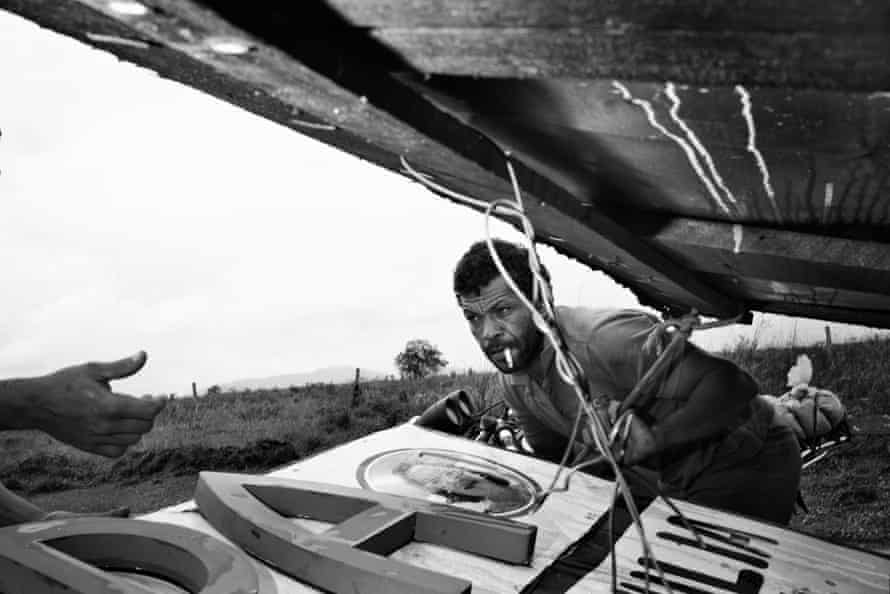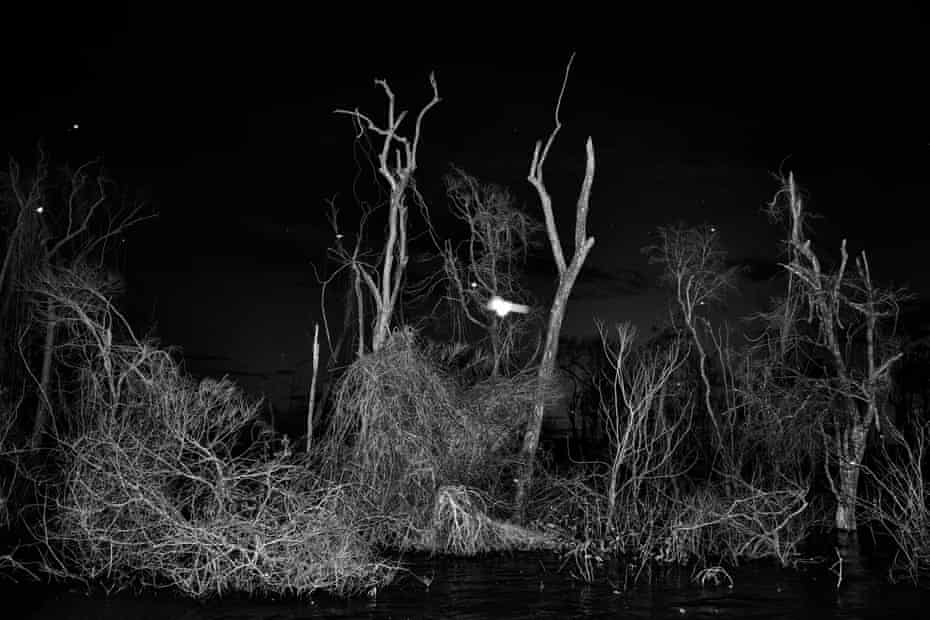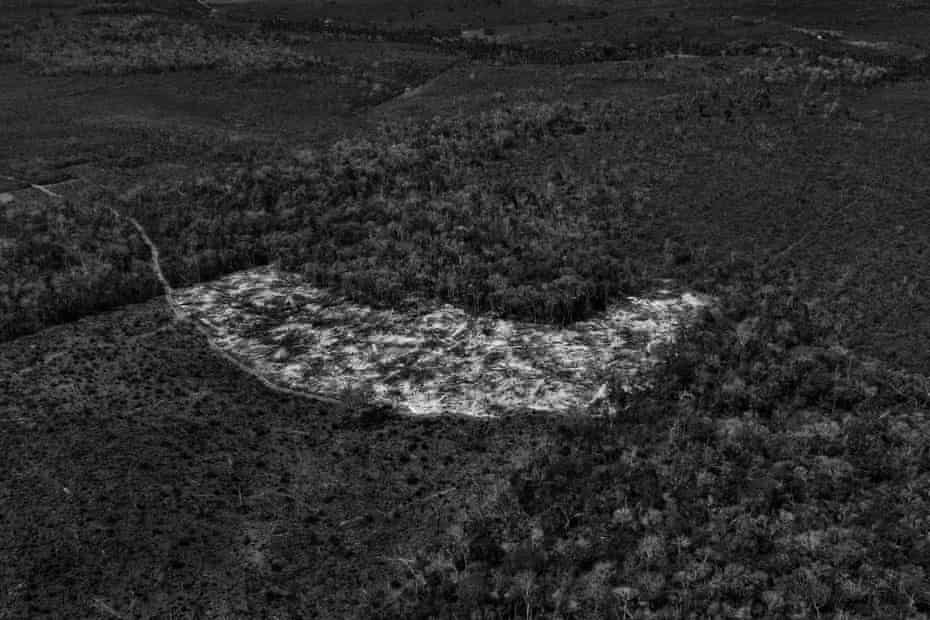As I sat in my hotel room in Maraba, a city in the Amazon state of Para, Jornal Nacional – Brazil’s flagship news programme – transmitted images of the country’s newly elected president, Jair Bolsonaro. “The Indigenous in their reservations are like animals in a zoo,” he said. It was November 2018.

Those words reaffirmed his vision of the Amazon: indigenous peoples must open up to innovation, their lands must be reduced and the region must be available for exploitation. Rather than a vision, it seemed like a threat, an omen of bad times ahead. I felt that the slow-motion social and environmental breakdown I had seen in the previous years in the Amazon was about to get worse.

That week I travelled through the south of Para and spent whole days in the landless peasant camps. I went through the BR-155, a bumpy two-lane road that intersects the Trans-Amazonian Highway and descends southwards to the great iron, nickel and gold deposits of Eldorado do Carajas. The landscape was mainly empty and the vegetation was low; the tropical forest layer had been cut to make way for the grazing of large white cattle. This is the land of the agrarian conflict, of the struggle between the landless peasants and the fazendeiros, a term used to describe the region’s powerful and predatory landowners that exemplify Brazil’s stark inequality.

I could still hear the voice and the words of Bento Francisco de Oliveira, one of the few survivors of the Pau d’Arco massacre of May 2017, when Brazilian military police attacked an abandoned farm occupied by land-rights activists and killed 10 of them: “The shots of the rifles kept exploding. I hid on the ground among the bushes and cow dung all night long. My leg kept bleeding but I felt nothing, only fear. I couldn’t do anything; I was in the hands of the state.” Bento was shot in the left leg and hospitalised for 70 days. Now he lives with constant paranoia, convinced that someone will come to kill him too, sooner or later. This fear is not unfounded. Extreme violence and oppression are woven into the social fabric in this corner of the world. Here, impunity reigns: the 17 police officers responsible for the massacre are still at large. Here, and across the Brazilian Amazon, since 1985, less than 10% of land killings have gone to trial.


It is really hard for me to summarise the months that followed. Carrying out this work meant putting together different pieces, like in a mosaic. I chose to focus on Brazil. After all, 60% of the Amazon lies in its national territory. Also, it was the country I knew best. What I have been looking for in the past months is somehow influenced by the experiences I have had in the last five years. Starting out as a young photographer, I was not really interested in the Amazon; I preferred war and cultural conflicts. Yet now, I cannot wait to go back. It is like the obsession of finding a new piece to the puzzle. In the midst of that green that hypnotises you from above and seems pure, there is a dirty aura that haunts and intrigues me.
The thoughts are dirty.
The cities are dirty.
Everything is soaked with moisture, as if it was about to crumble.
But the Amazon that I have come to know is more than fallen trees, isolated tribes and large rivers.

In the middle of the great rainforest, entire cities have arisen and keep expanding without control. They are the gateway to modernity into the region, but also the symbol of its gradual destruction. The suburbs are growing fast, in a total absence of sewerage and public services, killing the forest. The concept of preservation should start right here. In order to preserve the Amazon ecosystem, should we not start looking for a sustainable model for its cities?

Urban centres such as Belem and Manaus grew during the Amazonian rubber cycle; today they are among the most violent places in the world. The Amazon River has become one of South America’s largest cocaine trading routes and the criminal organisations are at war with each other for its control.
When I was there with Sam, an English journalist and companion on adventures, I spent whole nights moving from one crime scene to another, following the police WhatsApp groups announcing the crimes live. This happens every day, dozens of times over the weekends. You see women with their children watching bodies showered with bullets at a crime scene as the morgue truck comes to take the corpses away, like they are attending a show.


As I write, summer has come, the rainy season is behind us and fires and deforestation have begun again in the region. I have the newspaper Folha de Sao Paulo in my hands and the headline reads: “Deforestation is growing by 278% compared to July 2018.”

The government’s proclamations are bearing fruit and the race to take the forest’s resources is on.
It is as if they have no perception that we are experiencing a climate collapse. There are those who deforest, those who pollute the groundwater with the mercury used to extract gold and those who burn to cultivate their lands. But many are poor and feel they have little choice because the future is tomorrow; not in 10 or 20 years. For many, there is plenty of forest, scientists are wrong and the pain of hunger is real. It is the stage of contemporary human dystopia, a wild west in Latin American, a place where the state does not exist or if it does, is often is complicit in the same crimes: murder, environmental destruction and appropriation of public good for private gain.
The Amazon is a vast natural treasure trove, left open and abandoned.